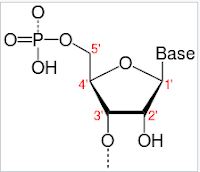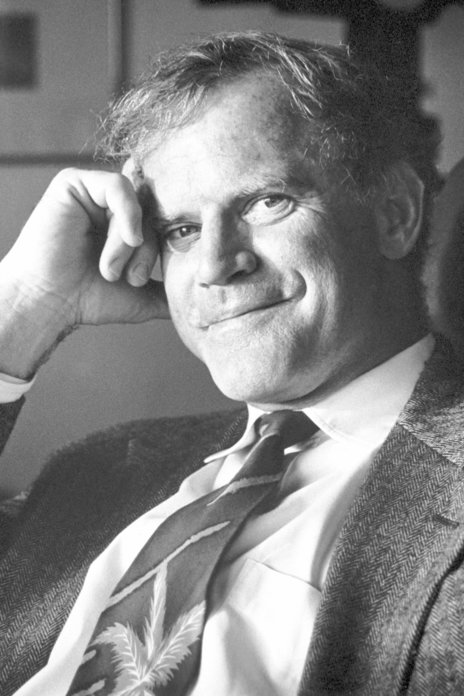I have been extremely impressed by how fast India has become a cashless society. Of course, most of us in the west carry very little cash and use our credit cards and increasingly the mobile devices to pay. So why am I so impressed. It is because of the brilliant technology and associated security that has made this to be so ubiquitous here in such a short time. For those who are not familiar, it is practically everywhere. Even all the street vendors participate in this and there are jokes that even some of the beggers do.
First, a bit about the technical details. What powers all of this is UPI or Universal Payment Interface. You can read here a nice and short explanation about it. In short, UPI involves a payer and a recipient. A payer can pay what is due to any recipient who has set up their UPI. You can pay in a few different ways. The most prevalent method is scanning a unique qr code that the recipient displays and entering the amount you need to pay through a UPI app. You can also pay by the person's registered phone number or a unique UPI ID associated with them. Like bill pay you can schedule to pay your bills as well as recharge your phone.
It would be impossible these days to find places where UPI is not accepted. Perhaps temples. They should set up the Hundis to to be UPI compatible, which apparently has been in the works. As we know many wash off their sins by donating a boat load of their black money, so cash must still remain an option. Everything through UPI is immensely traceable!
In order to participate in this technology revolution, you need to have some basic things:
- A local phone. It can be a physical phone from another country that is unlocked and you manage to get a local SIM and a local number.
- A local bank account
If you are an NRI having both is kind of challenging. Though the Indian government has promised that NRI accounts can be linked to UPI systems, it has not happened yet, so having an NRO or NRE account is not helpful. You need an account in a local bank. And that is no easy task.
- In order to create a local bank account, you need an Aadhaar card. Most NRIs don't have it, so tough luck!
- The next option is to use your PAN card, which a lot of NRIs have. But there is a catch. You need to own a property here and present proof of address such as an electric bill. This also is not applicable for many.
If these two don't apply to you as an NRI, you can stop right here! You can use your credit card itself in many places, but it is not accepted everywhere. There are some places where "foreign" credit card will fail to process. And touch luck with street vendors. I you give them cash, many look at you like you are from another planet. Once a street vendor, 80 or so years old woman, asked me for my phone so she could teach me how to use Google Pay on it to pay her! I had to tell her it doesn't work, but she thought I am a luddite who didn't know how to use it.
There are many UPI clients available all of which work fine. This is yet another beauty of the system. They are all tied to a central registry of UPI IDs. GPay, PayTM and PhonePe are the most popular. By the way, if you retained your US phone, the new versions of Google Pay do provide a way to scan and pay, but when you scan, it will look for UPI setup to pay and you will fail.
To start, you should have a phone with local number. This again requires Aadhar card, though there is a mention that you can get
local number as a foreign national. When I tried once, this didn't work because they wanted some proof of association with a local address. Wherever you are required to have Aadhar, like, using it to get a phone, they take photographs, fingerprint scans (or eye scan) to validate that the right person is involved. Mind blowing security which makes all these trustworthy. With the local phone number in hand, you get to your bank.
Once you have the proof required, getting a local account set up is a piece of cake, but there are a lot of terminology that everyone assumes you know, but you are unlikely to. I, to date, don't understand what a current account is! We took one of our relatives to the bank where they have an account and it was immensely helpful. So many procedures are local and no one explains what they are and you are supposed to know. At the time you apply for the local account you should link it to your local phone number. This link is vital for UPI.
You cannot set up UPI on your phone yet. You need to receive a debit card from the bank first. They either can send it to you by courier or you can pick it up in the bank. In our case, there was a miscommunication and as a result delay. Apparently the bank wanted us to come and pick up the passbook and the card in person, but we were waiting for the courier.
All the banks have their own apps, so you download that and set it up. Their security is rock solid. You need to set up a login PIN and a transaction PIN which need to be two different sequence of numbers. They don't tell you until you fail a couple of times! I was so eager to set up the UPI without realizing that I needed my debit card. I tried a few things and failed repeatedly and was locked out for 24 hours! Yuck.
Once you have a debit card, you need to first activate it on an ATM machine. Then you can proceed to set up your UPI information, where, you need to enter the last 6 digits of debit card and expiry date. After you complete all these and set up a UPI ID, you are ready.
PayTM and GPay can be invoked and you can provide some basic information, such as your mobile number and the bank info and they gather necessary information automatically and you are READY!
All through the process you will get a million OTP messages on your local phone that you need to be prepared for. I was very impressed how this whole thing has worked flawlessly so far! And, man, the security is pretty tight. I HIGHLY recommend it for those for whom the basic requirements can be met. It is so easy and fulfilling.
I use GPay, so I scan the QR code and pay. I have set up UPI lite where I don't need to provide PIN if the purchase is a small amount, which is great. For larger purchases, I need to provide the UPI pin, which you have to set up. It is cute that in most cases, when you finish paying, there is a little machine through which the recipient hears that the transaction is complete (in English). In a few cases, I needed to show my phone to the vendor.
Also, based on a recommendation from a friend, I don't keep a lot of money in my local bank account to avoid fraudsters stealing the funds. I have no idea how this happens honestly but it is better to be cautious.
Again, the brilliance of all of this is that the system operates with pretty light tech for those involved. Vendors can display these QR codes wherever there is good cell signal because thats all you need. And cell signal here is fantastic... No need for credit card machines and all that jazz.
Now, I have always wondered what would stop a fraudster from sticking their QR code on top of a vendor's QR code. Of course, the payer will pay once and the vendor will not receive it, so it will be caught soon. If it is a very busy place, the vendor may just look the phones of people for positive payments and say OK until after a few transactions realizes that something is not right.
One of my relatives explained that it is not that simple. If a vendor detects is soon, they can force the payer to pay them regardless before the goods are delivered and the onus is on the payer to report and request a reversal. But most importantly, the security is so tight that the fraudster must use a bank account that is tied to an aadhaar number, so the authorities can catch the fraudster!
This is a major difference compared to the US, where there are so many electronic banks where accounts can be set up through stolen or fake credentials such as social security numbers and the fraudster closes the accounts and moves on.
Now taht I have UPI all set up and working beautifully, I can go back to the street vendor, the 80 plus old woman, and look straight in her eyes and scan and pay! My pride has been restored!!!
















